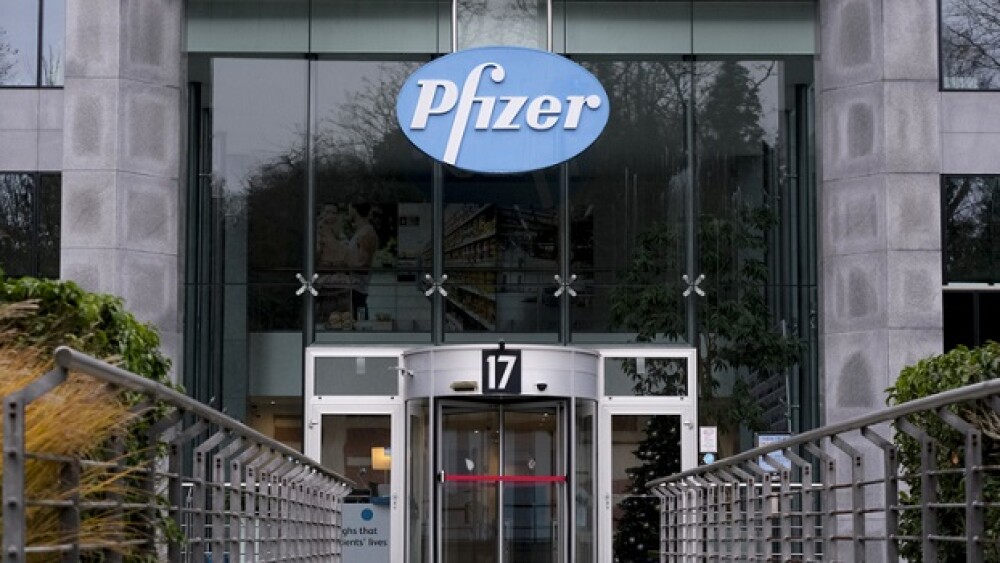The Tisch MS Research Center of New York, the world’s largest MS research center, has announced publication of the results of its FDA-approved Phase II stem cell treatment study in a leading stem cell journal, Stem Cell Research & Therapy.
The research – conducted by the Tisch MS Research Center of New York and published in Stem Cell Research & Therapy – also identified two new biomarkers to measure treatment response
The study focused on patients with Progressive MS, the most disabling form of the disease
NEW YORK--(BUSINESS WIRE)-- The Tisch MS Research Center of New York, the world’s largest MS research center, has announced publication of the results of its FDA-approved Phase II stem cell treatment study in a leading stem cell journal, Stem Cell Research & Therapy. The study, which focused on Progressive MS patients, did not meet its primary endpoint but showed improvements in multiple areas – including walking speed, bladder function, and gray matter volume – for patients with significant disability. The research is part of the first-ever Phase II placebo-controlled, double-blind stem cell trial in the U.S. to investigate the use of stem cell-derived treatments for disabled patients with progressive disease that do not have active lesions or ongoing relapses, therefore leaving them without a viable treatment option.
The Phase II results suggest that stem cell treatments could have positive quality-of-life implications for progressive MS patients. Key findings of the study include:
- Improved walking speed: Among patients who require walking assistance, those who received stem cell treatments saw a 3.7% increase in their walking speed for the timed 25-foot walk test. This is in contrast to the placebo group, which actually saw a 54% decrease in their walking speed. These results correlated to those of a six-minute walking test also administered to participants.
- Improved bladder function: Seventy-six percent of patients who received the stem cell treatments showed improved bladder function after one year of treatment, compared to 27% of the placebo group.
- Preservation of gray matter volume: For patients with gray matter volume above the 50th percentile, the placebo group saw a decrease in gray matter volume compared to those who received stem cell treatments, indicating that stem cells could preserve gray matter volume in patients with less advanced decline.
Additionally, the study identified two new biomarkers that may provide a surrogate measure of treatment response. Those who received the stem cell treatments showed decreased levels of the protein CCL2 (a potential indicator of inflammatory microglial cells), as well as an increase in the protein MMP9 (which plays a regenerative role in the CNS) compared to the control group.
“These findings represent a significant breakthrough for progressive MS patients, who experience the most disabling symptoms and for whom there are no other treatment options available. Thus, these results have important quality-of-life implications for this group of patients,” said Dr. Saud A. Sadiq, Director and Chief Research Scientist of the Tisch Center. “This is the first time we’ve seen a treatment result in multiple areas of function for progressive MS patients. Furthermore, the identification of two new biomarkers provides another potentially valuable way for us to measure the efficacy of stem cell treatments moving forward.”
Published in 2018, the Phase I results of the Tisch Center’s stem cell treatment study were the first to show reversal of established disability in MS from stem cells. A follow-up study of Phase I patients showed that a subset experienced sustained clinical improvement, and that there were no long-term side effects for any participants.
The study’s Phase II trial, which started in 2018, was a randomized, double-blind, placebo-controlled clinical study with 54 patients. The study had a compassionate cross-over design, in which patients who received the stem cell treatment in the first year received the placebo in the second year (and vice versa). Patients received six injections (of either autologous MSC-NPs or saline injections) every two months.
“The study’s findings suggest that stem cells could be effective not only for treating MS, but also for reversing patient disability after significant progression,” added Dr. Violaine Harris, a principal investigator at the Tisch Center and lead author of the study. “We look forward to building on these findings in future research, particularly in terms of increasing the dosage of stem cells and measuring the response of the two new biomarkers identified in our research.”
The study, published in Stem Cell Research & Therapy, can be found here.
About the Tisch MS Research Center of New York
Tisch MS Research Center of New York is an independent nonprofit organization committed to finding the cause of, and cure for, multiple sclerosis. Led by award-winning neurologist Dr. Saud Sadiq, the Tisch MSRCNY team conducts industry-leading medical research that rapidly translates from lab bench to bedside, while sharing space with a top-rated clinic, the International Multiple Sclerosis Research Center of New York. The Center's multidisciplinary research is designed to understand all aspects of MS - from experimentation at the cellular and molecular levels to clinical trials focused on preventing or reversing disability - to treat and cure the disease.
View source version on businesswire.com: https://www.businesswire.com/news/home/20240605577944/en/
Source: Tisch MS Research Center of New York





